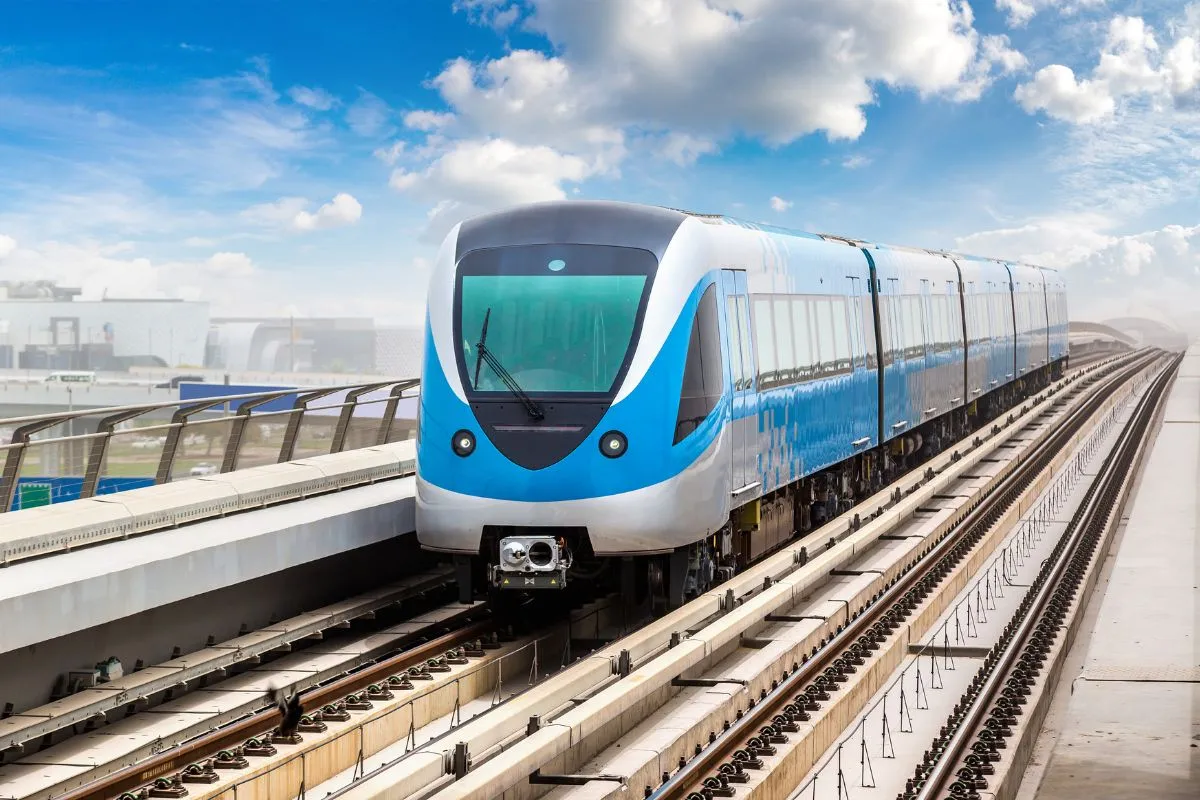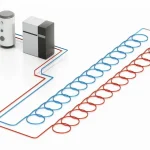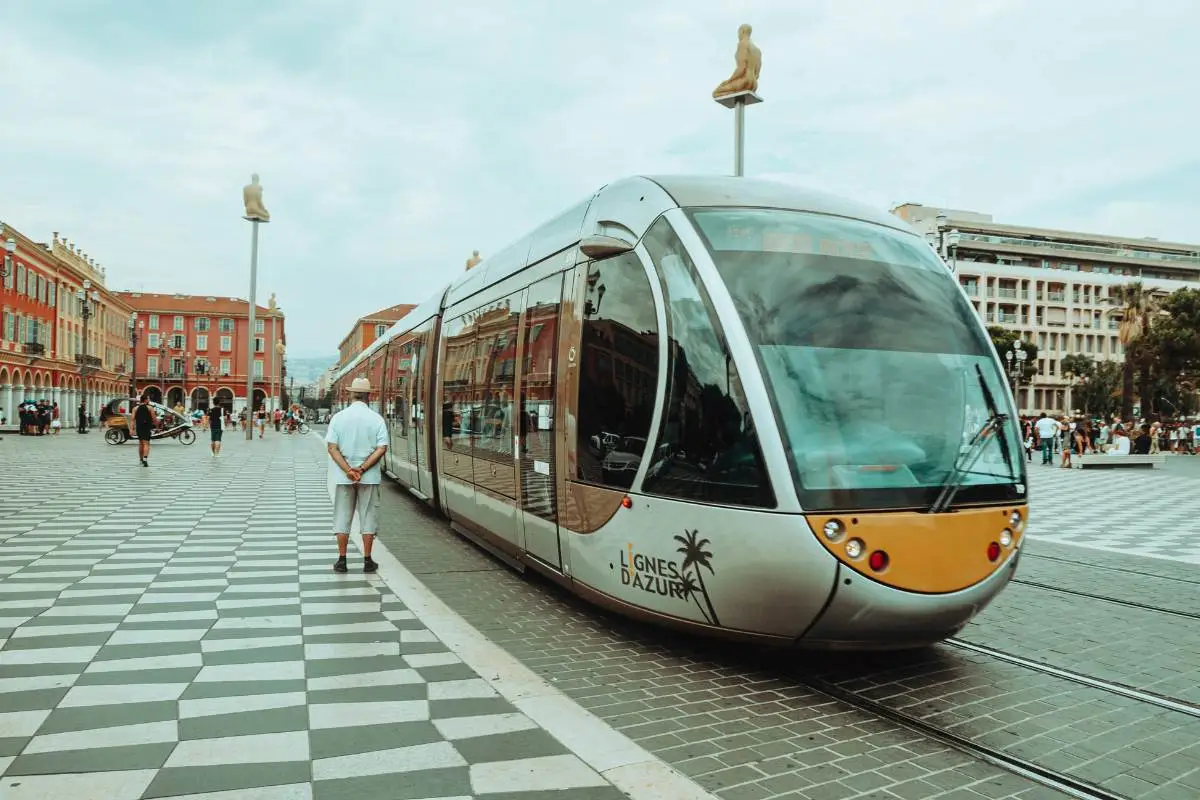Hybrid Train Systems: Revolutionizing the Future of Transportation
In an era where sustainability is paramount, hybrid train systems have emerged as a beacon of hope for the future of transportation. These innovative systems combine traditional diesel engines with electric propulsion, reducing emissions and promoting energy efficiency. This article explores the mechanics, advantages, challenges, and the future of hybrid train systems, aiming to inform and engage users of public transport, environmentalists, and students of engineering alike.
What Are Hybrid Train Systems?
Hybrid train systems integrate two or more power sources to propel trains. Typically, they utilize a combination of diesel engines and electric motors, allowing for greater flexibility and efficiency. This dual approach not only enhances performance but also significantly reduces environmental impact.
How Do They Work?
Hybrid trains switch between diesel and electric modes depending on the operational context. For example:
- Electric Mode: When running on electrified tracks, the train draws power from overhead lines or electrified rails.
- Diesel Mode: On non-electrified tracks, the diesel engine takes over, ensuring the train can operate seamlessly across different terrains.
This flexibility makes hybrid trains suitable for various routes, from urban transit systems to rural lines. The combination of these two power sources allows for more efficient energy use, ultimately leading to reduced operational costs.
Advantages of Hybrid Train Systems
1. Reduced Emissions
One of the most significant benefits of hybrid train systems is their potential to reduce greenhouse gas emissions. By relying more on electric propulsion, these trains can lower their carbon footprint, contributing to cleaner air and a healthier environment.
Environmental Impact: The transportation sector is one of the largest contributors to global carbon emissions. By implementing hybrid systems, countries can significantly lower their transportation-related emissions, aligning with international climate agreements and goals.
2. Energy Efficiency
Hybrid systems are designed to optimize energy use. For instance, they can regenerate energy during braking, converting kinetic energy back into electrical energy. This efficiency not only saves fuel but also reduces operating costs.
Fuel Savings: The ability to switch to electric mode when on electrified tracks results in substantial fuel savings, further enhancing the economic viability of hybrid systems. According to studies, hybrid trains can achieve fuel savings of up to 30% compared to traditional diesel trains.
3. Operational Flexibility
The ability to switch between diesel and electric modes gives hybrid trains a distinct advantage. They can operate on electrified and non-electrified tracks, allowing for greater route flexibility and service coverage.
Route Diversity: Hybrid trains can traverse diverse terrains, from urban settings with electric infrastructure to remote areas lacking electrification. This capability ensures that rural and underserved regions remain connected, promoting social and economic development.
4. Lower Noise Pollution
Hybrid trains tend to operate more quietly than traditional diesel trains, especially in electric mode. This feature is particularly beneficial in urban areas, where noise pollution can be a significant concern.
Community Benefits: Reduced noise pollution enhances the quality of life for residents living near train routes, making public transportation a more attractive option. This can lead to increased ridership and support for public transport initiatives.
5. Cost-Effectiveness
While the initial investment in hybrid technology may be higher, the long-term savings on fuel and maintenance costs make them an economically viable option. Additionally, many governments are offering incentives for adopting greener technologies, further reducing financial barriers.
Government Incentives: Subsidies and grants for adopting hybrid technology can significantly lower the upfront costs. Countries aiming for sustainability targets may prioritize funding for hybrid projects, encouraging transit authorities to invest in this technology.
Challenges Facing Hybrid Train Systems
Despite their advantages, hybrid train systems face several challenges:
1. High Initial Costs
The development and implementation of hybrid technology can be expensive. This upfront cost may deter some transit authorities from adopting hybrid systems, despite the long-term savings.
Investment vs. Savings: While initial costs may be high, a comprehensive cost-benefit analysis can often reveal that savings on fuel and maintenance lead to a return on investment within a few years.
2. Infrastructure Limitations
Hybrid trains require a compatible infrastructure to operate efficiently. In regions where electrification is limited, the effectiveness of hybrid systems may be compromised.
Need for Electrification: Expanding electrification networks is essential for maximizing the potential of hybrid systems. Transit authorities must invest in infrastructure improvements to support these innovative technologies fully.
3. Technological Integration
Integrating hybrid systems with existing train technologies poses engineering challenges. Ensuring compatibility between diesel and electric systems requires advanced engineering solutions and can complicate maintenance.
Engineering Challenges: Collaboration between manufacturers, engineers, and transit authorities is crucial to overcome these integration challenges. Comprehensive training for maintenance personnel is also necessary to ensure that hybrid systems operate smoothly.
4. Public Perception and Acceptance
Some users may be hesitant to embrace new technologies. It is crucial to educate the public on the benefits of hybrid train systems to foster acceptance and encourage usage.
Marketing and Education: Effective marketing campaigns highlighting the environmental and economic benefits of hybrid trains can help change public perceptions. Educating the community about the operational improvements and advantages is key to building support.
The Future of Hybrid Train Systems
The future of hybrid train systems looks promising. As technology advances, we can expect improvements in battery efficiency, energy storage, and overall system performance. Additionally, increased global awareness of climate change is driving demand for greener transportation options.
1. Innovations on the Horizon
Innovative technologies such as hydrogen fuel cells and advanced battery systems are being explored to enhance hybrid train systems further. These developments could lead to even greater reductions in emissions and operational costs.
Hydrogen Fuel Cells: Hydrogen fuel cells present an exciting opportunity for hybrid train systems. They can produce electricity without harmful emissions, making them an ideal complement to existing hybrid technologies.
2. Government Support
Many governments are investing in hybrid technology as part of their commitment to reducing carbon emissions and promoting sustainable transport. This support can take the form of subsidies, grants, or research funding, making hybrid systems more accessible to transit authorities.
Global Trends: Countries worldwide are recognizing the potential of hybrid technologies and implementing supportive policies to encourage adoption. This trend will likely accelerate as governments strive to meet climate targets.
3. Expanding Electrification Networks
As electrification networks expand, the effectiveness of hybrid systems will increase. More electrified tracks mean that trains can operate in electric mode more frequently, maximizing their environmental benefits.
Infrastructure Development: Investing in electrification infrastructure is critical for the widespread adoption of hybrid train systems. Collaboration between governments, private sectors, and transit authorities will be essential to drive this development forward.
4. Collaborative Efforts
Collaboration among stakeholders, including governments, manufacturers, and academic institutions, is crucial for advancing hybrid train technology. These partnerships can facilitate research, development, and the sharing of best practices.
Industry Alliances: Industry alliances can help streamline efforts to develop hybrid technologies, promote best practices, and share resources for research and innovation. This collaborative approach can accelerate the adoption of hybrid train systems globally.
5. Case Studies and Successful Implementations
Examining successful hybrid train projects worldwide can provide valuable insights and lessons learned. These case studies highlight the benefits of hybrid systems and showcase the potential for further expansion.
Case Study: Bombardier Talent 3 Hybrid Train
Bombardier’s Talent 3 hybrid trains are a prime example of successful hybrid technology implementation. Operating in Germany, these trains can switch seamlessly between diesel and electric modes, demonstrating significant reductions in emissions and fuel consumption.
Case Study: Alstom Coradia iLint
The Alstom Coradia iLint is the world’s first hydrogen fuel cell train. Operating in Lower Saxony, Germany, it showcases how hybrid technology can be applied to promote sustainability while maintaining operational efficiency.
Environmental Impact: A Closer Look
1. Carbon Footprint Reduction
Hybrid trains significantly lower carbon emissions compared to traditional diesel trains. This reduction is crucial in the fight against climate change and aligns with global efforts to decrease greenhouse gas emissions.
2. Contribution to Sustainable Urban Development
By integrating hybrid trains into urban transit systems, cities can promote sustainable transportation solutions. This shift can lead to reduced congestion, improved air quality, and enhanced quality of life for residents.
3. Long-term Sustainability Goals
The implementation of hybrid train systems supports broader sustainability goals. As cities aim for carbon neutrality and reduced environmental impact, hybrid technology serves as a vital tool in achieving these objectives.
Conclusion
Hybrid train systems represent a significant step forward in the quest for sustainable transportation. By combining the benefits of diesel and electric propulsion, these systems offer a flexible, efficient, and environmentally friendly solution to modern transport challenges.
As technology advances and public support grows, hybrid trains could become a cornerstone of the transportation landscape, paving the way for a greener future. The collaborative efforts of governments, industries, and communities will play a crucial role in shaping the future of hybrid train systems, ensuring that they continue to evolve and meet the demands of a changing world.
In conclusion, hybrid train systems not only provide practical transportation solutions but also represent a commitment to sustainable practices that benefit our planet and future generations. Embracing this technology is essential for fostering a cleaner, more efficient, and interconnected world.





